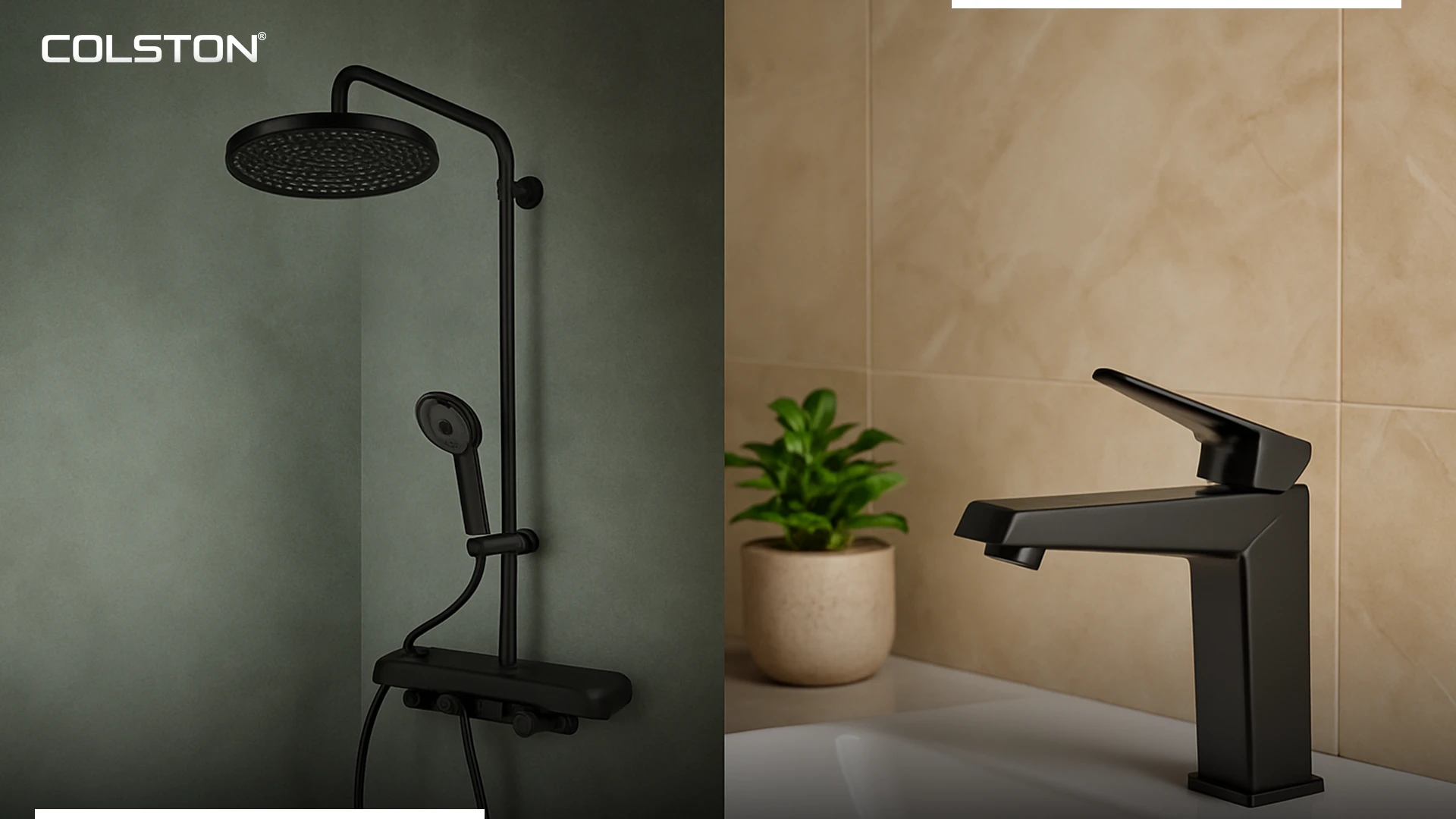
What Exactly Makes a Faucet or Shower Eco-Friendly? Here’s What to Look For
The bathroom design has gradually evolved. It is no longer just about clean lines and glossy finishes; it goes much deeper than this. When it comes to selecting sanitary ware such as showers, faucets, and fittings, there is now an increased awareness of their long-term impact. Things are different from the past when aesthetics were the sole selling point.; they have to work better, too.
But real water efficiency goes beyond buzzwords like “eco-friendly.” It’s not just about using less—it’s about how well that water is managed, delivered, and experienced. The best designs merge engineering, sustainability, and intelligent water use without sacrificing comfort.
How Flow Design Affects Water Efficiency
Some showers are said to save water, but ultimately, they leave a lot to be desired – sort of like the light drizzle that barely does its job. That’s the problem with preferring the gallon-per-minute rating over the design flow.
Real water efficiency doesn’t just mean reducing the flow; instead it should be well delivered. But most people don’t realize that how water moves, spreads, and feels is far more important than they realize.
Pressure, aeration, and water distribution play a far bigger role in how “enough” the flow feels. A poorly designed faucet can feel weak or uneven. A well-designed one can feel smooth, complete, and intuitive—thanks to internal flow regulators and pressure-compensating aerators that manage delivery without bloating output.
So, while flow rate is important, it’s a starting point—not the full measure of eco-friendliness.
Why Internal Engineering Matters in Bathroom Fixtures
Internal quality determines the lifespan of a faucet, no matter how attractive the finish. Most of today’s faucets still use rubber washers, but they can easily wear away over time, causing leaks. Conversely, a cartridge made of ceramic discs offers precise control and can last for decades with minimal wear and tear. This isn’t just about product life. It’s about water waste that happens quietly—drip by drip, unnoticed. Over time, even a slow leak can waste thousands of liters. Eco-design, at its core, is also about not wasting when no one’s watching.
Sustainability Does Not Compromise Luxury Bathroom Fixtures And Accessories
The notion that sustainable bathroom fixtures and accessories are monotonous and plain is false. Several high-end sanitary brands are treating sustainable design as an opportunity, rather than an obstacle. You’ll find smartly contoured spouts, seamless temperature mixers, and finishes that resist corrosion while staying visually expressive. These aren’t “green” products—they’re just well-made and happen to be efficient by nature. The best designs today rarely advertise themselves as eco-friendly at all. They simply are—by intent, not as a selling point.
How Efficient Fixtures Help the Bigger Picture
Water is easy to overlook until it’s gone. Selecting efficient fixtures goes beyond cutting down on utility expenses and serves more than just fulfilling a sustainability requirement. It’s more about reducing demand on treatment plants, decreasing emissions from households (heating water contributes to energy consumption), and expanding access to clean water in areas where it’s most needed.
A faucet or showerhead is not just a product – it is part of the footprint left by a house. And if designed with reason, then it will become a quiet participant in a much larger global system.
Colston’s bathroom fittings are shaped by this same perspective: Elegant on the outside and efficient at their core. Not designed to make an impression on paper but to work meaningfully–day after day, year in and year out.
Also Read:- How Colston redefines Timeless bathroom luxury
